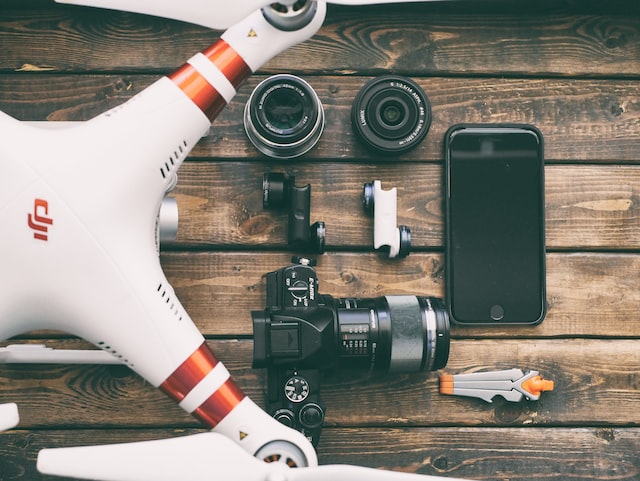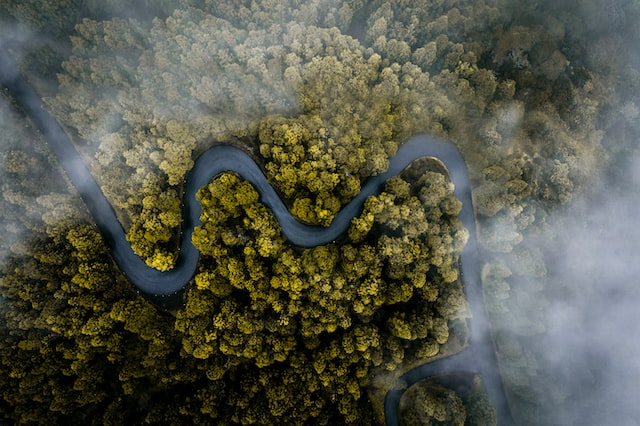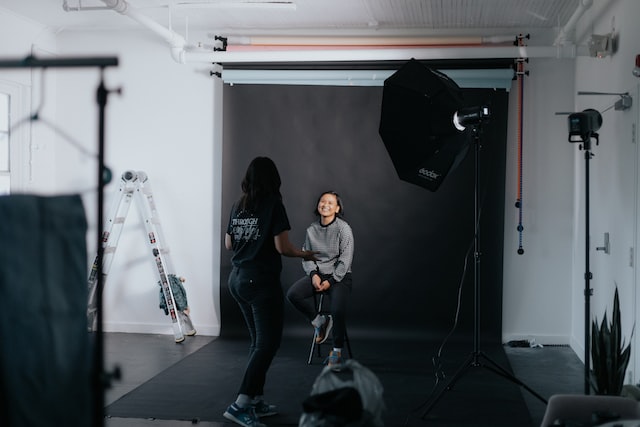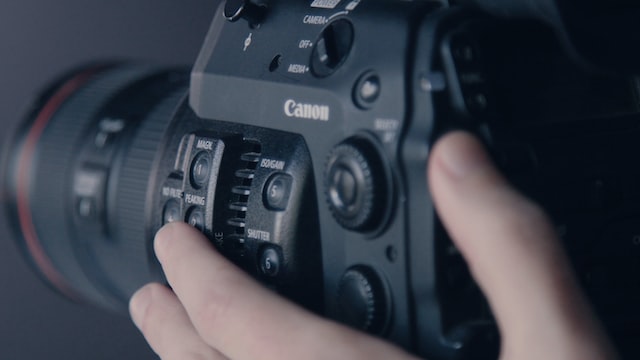Drone Photography vs DSLR Photography

Thanks to the incredible technological innovations that we can attest to on a regular basis, photography is constantly being transformed through amazing features, technology and equipment. Both amateur and professional photographers are constantly on the lookout for exciting new choices, with many of them struggling to decide between drones and/or DSLRs. To help narrow the choice, we’ve outlined the pros and cons of both in the guide below.
What’s the Difference?
Angles and Perspectives
Drones and classical DSLR cameras offer a different perspective on the object of photography. For example, when it comes to aerial footage, nothing can come close to the overview provided by drones. No matter the type of drone, it will always outshine any other options available on the market. Aerial photography has a long stranding history within the movie industry, the stunning Hollywood shots and beautiful nature documentaries we have seen over they years, came about as a result of cameras being hung on the side or bottom of helicopters on gyro-stabilised rigs (or, none at all). The good news is that, nowadays, even amateurs can take similar, nay, the same incredible shots with the aid of an aerial drone. These drones range in size, capability and price, but most feature the same remote control capabilities and various flying modes and features.

On the other hand, DSLR cameras have an incomparable advantage over drones when it comes to everyday photos. If you’re a photographer that takes their camera everywhere with you, you are free to capture everyday moments in a matter of seconds, which is something drone photography doesn’t allow. Picture it (pun intended) you’re walking down the street, turn the corner and there is a street market and/or protest – what do you do? Take out your camera and start documenting. This is not as simple with a drone. Not only does the drone not allow for quick and swift spontaneity, but with the noise present, drone photography might not be the best option when trying to candidly capture a particular moment. For weddings, graduations and those intimate family shots DSLR cameras shine! They provide you with the depth (with the right lens) that you need without intruding and imposing on the intimate moments your subject is experiencing.
The Level of Interference
No matter how quiet and discrete you may be, your presence, nay holding up a DSLR with a long lens, is not as discrete as you would like it to be. This is particularly intrusive in nature photography. The subject is often startled by the presence of humans, walking up to a bear in the woods, to get that perfect image, might not be the best option, not to mention the danger involved, and this is where a drone can get the job done. A drone is able to capture the subject without up close and personal interference and enable you to get just the right shot. However, in some instances where interaction with the photographer is more than welcome, the DSLR is the perfect option, say in fashion shoots or any other shoot where you can guide your model to ensure that you capture the correct composition, lighting and mood, just as intended.

Portability
Today’s modern cameras are small enough so you can conveniently put them in a purse or pocket, especially if you have one that is integrated into a smartphone (most, these days). Drones, on the contrary, are not that easy to fit into regular pockets, although toy drones have been built that you could pocket away, but we aren’t talking about those today. The design language and form of your typical drone is by nature a little awkward. This is especially true when we look at the commercial-sized drones, which can be over a meter in size and weighining in at a whopping 20kgs! Fortunately, most consumer products are generally smaller, however these varieties are often coupled with smaller and generally poorer quality cameras.
What are the Similarities?
Both Require Expertise
No matter how advanced your equipment is, if you don’t build on your talent with knowledge and experience, neither the DSLR or drone will be of any use. Even though today’s gadgets are made with user-friendliness in mind, you still need to understand some of the basic photographic concepts in order to produce high-quality shots. For instance, even if you get to use automatic capturing modes, you are unlikely to make a great shot without doing some manual framing and modifying other settings like the exposure and shutter speed. Additionally, having basic knowledge of good composition techniques will help you capture memorable photos, regardless of the device you are using.

Creating Great Business Opportunities
There is a high demand for photography-related services, and if you master the art of either of the methods, the skills acquired can help you develop different business opportunities. If this is the route you’re exploring, you need to know the needs of your clients. For instance, if drones are something you’re more comfortable with, you’ll need to figure out if you’ll be focusing on specific niches to specialise in like real estate, travel, or similar. Once you’ve established the baseline of your vision, then you can start investing in more capable equipment to meet that goal.
Photography is a skill that can be pursued in many different ways, and nowadays drones and DSLR cameras are the methods that spark lots of curiosity among enthusiasts. If you are interested in approaching this art in a more serious manner, this guide should provide you with a foundation for understanding the key advantages and disadvantages of regular cameras and drones in the world of photography.
